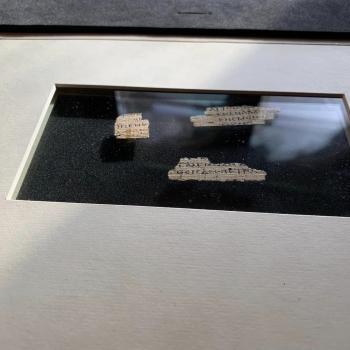With the Jewish holiday of Purim almost here, Dr. Henry Abramson wrote a very interesting article about Purim’s intersection with Christian and Roman history. Here’s an excerpt:
An unusual bit of the Theodosian Code (16.8.18) is apparently the first non-Jewish source to document the phenomenon of Purim parties that get out of hand. Specifically, the law prohibited Jews from burning Haman in effigy. For Jews, the practice of symbolically destroying the notorious villain of the book of Esther, the paradigm of anti-Semitism, was considered an aspect of the Purim commandment to “erase the name of Amalek,” Haman’s Jew-hating ancestor.
The Romans weren’t especially discomfited by the idea of vicariously punishing enemies, or even maintaining fire safety. They were, however, concerned that drunken Jewish celebrants might use the opportunity to mock Christians by portraying Haman as a sacrilegious stand-in for Jesus. This is especially true because the favored method of representing Haman’s death in the ancient world wasn’t hanging by the neck – he was crucified on a wooden cross.
The biblical passage that literally describes Haman’s “hanging on a tree” (Esther 7:10) was rendered as “crucified” in the ancient works of the Jewish historian Josephus, the early translations of the book of Esther into Greek (Septuagint) and Latin (Vulgate), and all through the Middle Ages in literary classics like Dante’s “Purgatory.” Artistic representations also depicted Haman on the cross, such as the 15th-century Azor Masters and even by Michelangelo, who painted a muscular Haman on a cross on the Sistine Chapel.
It’s not hard to imagine how public Purim execrations of Haman, conducted by an inebriated crowd of Jews, could easily be misperceived by Christian observers, especially if the effigy of Haman is bound to a wooden cross…
I had no idea! There is so much in history that is known only to a small number of experts, and not even that. Click through to read the whole thing and learn more! Jim Davila has shared multiple items of seasonal interest, including also the following:
Queen Esther inspired many midrashim
An essay that explores Esther in the Islamic tradition













